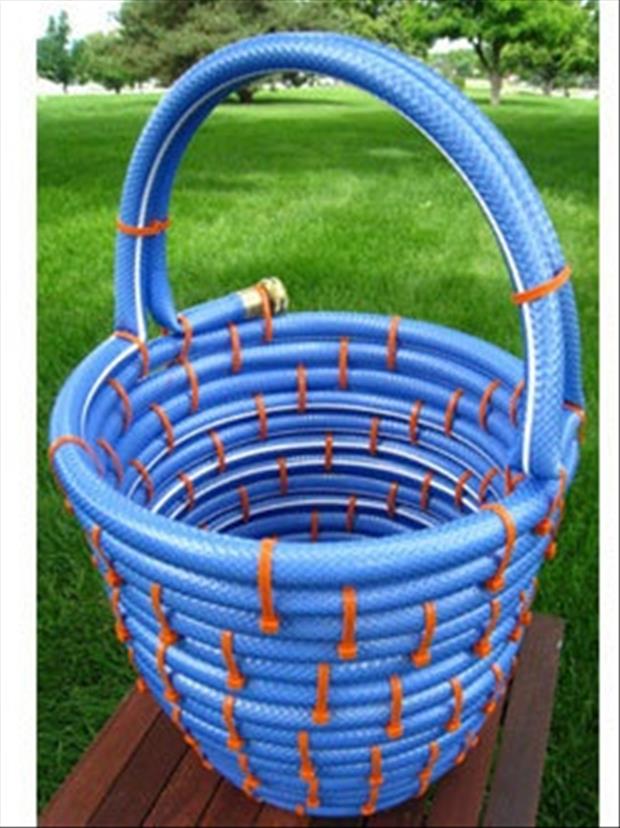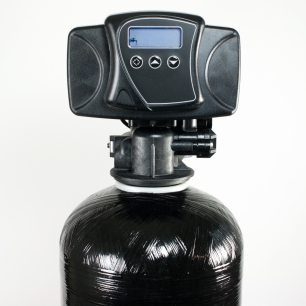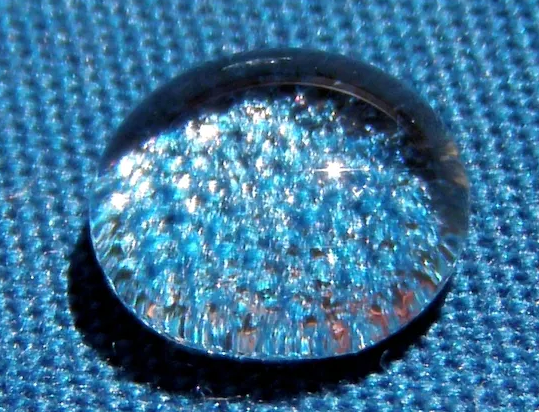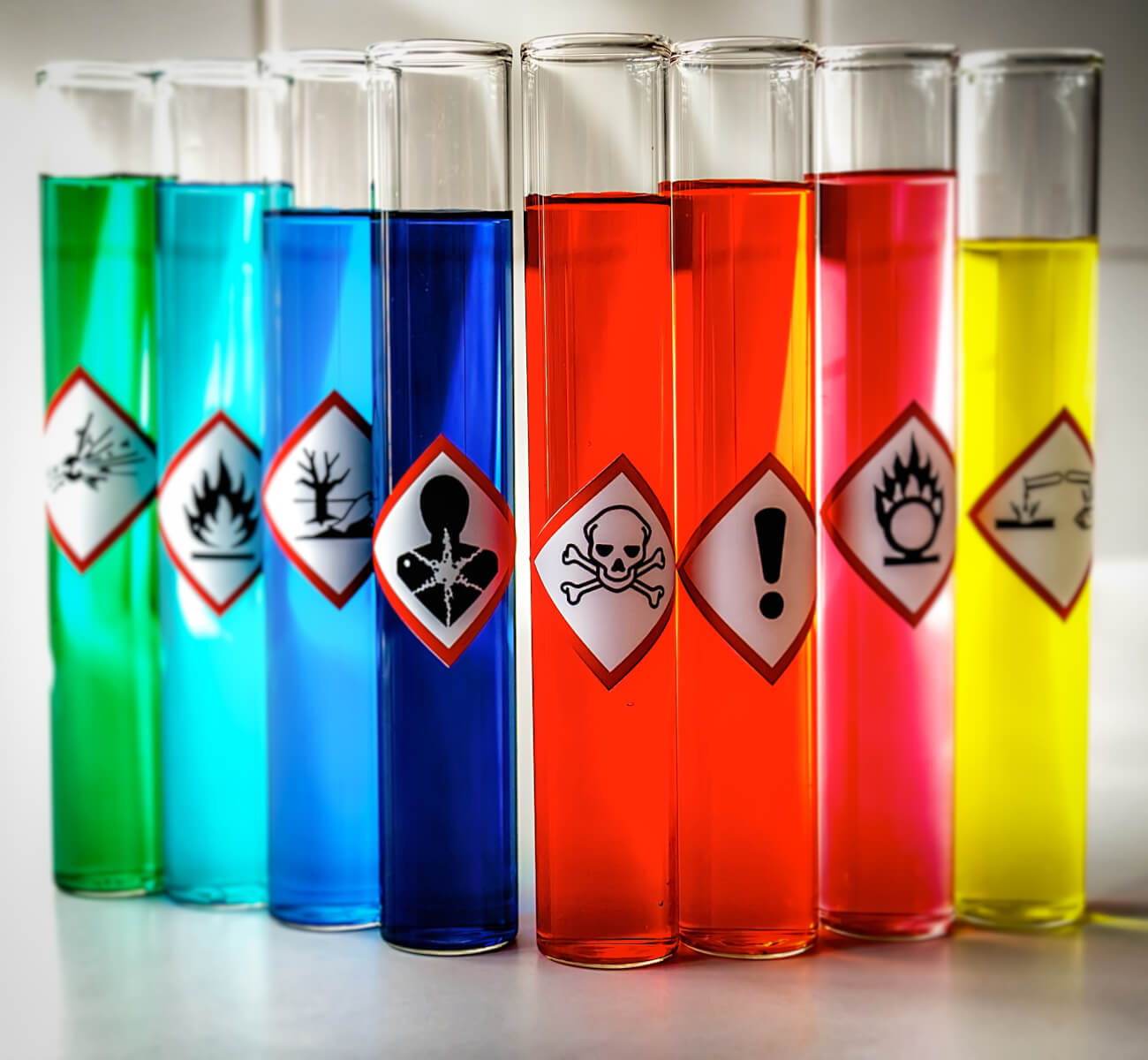Water News Briefs for April 2023
Lead Pipe Replacement Moves at a Snail’s Pace
In 2018, almost 30 cities across New York state received federal money to carry out a specific, urgent task: removing lead service lines that poison drinking water. The city of Troy – which sits across the Hudson River and just north of Albany – was among them, receiving $500,000. But five years later, city leaders have failed to spend a single dollar of that money, and have yet to remove a single lead pipe. The revelation emerged at a city council meeting this winter, raising all sorts of questions. Chief among them is why the city hasn’t spent the money. Troy’s failure illustrates the challenges small cities face when trying to address environmental injustices like lead pipes. Full article from The Guardian.
World’s Ocean Temperature Hits All-Time High
The temperature of the world’s ocean surface has hit an all-time high since satellite records began, leading to marine heatwaves around the globe, according to US government data. Climate scientists said preliminary data from the National Oceanic and Atmospheric Administration showed the average temperature at the ocean’s surface has been at 21.1C since the start of April – beating the previous high of 21C set in 2016. “The current trajectory looks like it’s headed off the charts, smashing previous records,” said climate scientist Prof Matthew England. Hotter oceans provide more energy for storms, as well as putting ice sheets at risk and pushing up global sea levels, caused by salt water expanding as it warms. Marine heatwaves can also have devastating effects on marine wildlife and cause coral bleaching on tropical reefs. The Guardian.
Railroads Follow Rivers.
Decisions made more than 150 years ago about where to run railroad tracks have significant consequences today when trains derail. That’s because rail lines usually follow rivers. At a time when climate change is altering rainfall and flooding patterns increasing the risk of washouts and mudslides on tracks, it is increasingly risky and irresponsible to run large trainloads of petroleum and hazardous chemicals along the banks of rivers. The Colorado River, for example, furnishes water for 40 million people. A significant derailment along the Colorado could be devastating. USA Today.
Industry Knew about the Dangers of PFAS Decades Ago, but Kept It Secret
Industry sponsored studies documented PFAS toxicity in 1978 but this information was not shared with the US EPA until 2000. PFAS have been linked to a range of health problems, including testicular and kidney cancers, decreased birth weight, and thyroid disease. While most companies have stopped producing two forms of PFAS— perfluorooctanoic acid (PFOA) and perfluorooctane sulfonic acid (PFOS)—the chemicals persist in drinking water systems, and new forms of PFAS are raising concerns. This revelation underlines the basic truth that allowing industry to voluntarily regulate itself does not work. Strong governmental oversight is essential.
Ice Sheets Are Shrinking Much Faster Than Predicted
New research shows that the massive ice sheets at the top and bottom of our planet are shrinking much faster than previously thought. The international study compiled satellite measurements over time and depicts what one researcher described as a “devastating trajectory.” PBS News.
Garden Hose Art Like the Decorative Basket Above Was Once Featured in National Garden Hose Day Events
National Garden Hose Day Is On the Ropes Because of the Political Climate
National Garden Hose Day, a lusty national holiday celebrated in June, reached peak popularity as an early summer good time event in the years preceding the pandemic. Garden Hose Day festivities were curtailed beginning in 2020 due to public health concerns, and, unfortunately, efforts to bring the holiday back have faltered because of the divisive political climate.
Many US cities have already cancelled Garden Hose celebrations this year because of fears of transgender participation in the Garden Hose Tug, a tug of war event that is often the center of Garden Hose festivities. Critics also point out that the garden hose is not mentioned either in the Bible or the US Constitution and that the shape of the garden hose itself has sexual implications and should not be seen by children under 18. In Texas and Mississippi there are now bills before the state legislature to remove books from libraries that have pictures of garden hoses.
(Since fake news has become so common that it’s hard to recognize these days, the Pure Water Gazette wishes to advise that the article above is completely phony. Please do not sue or write abusive letters. While we’re at it we’ll confess to having invented and shamelessly promoted a non-existent holiday for a number of years. To our credit, we did not try to sell you a Monkey Pox tee shirt or a NFT depiction of Garden Hose Superman blasting the enemies of the Second Amendment with a high powered fire hose. Here’s a Garden Hose Day article from 2013, back in the good old days before politics got so nasty that you couldn’t enjoy a good old summer Garden Hose Tug or Hose Blast competition.)
Can Water Cause Weight Gain?
Important research published in the journal Obesity establishes a definite link between weight gain and PFAS in drinking water. “Our study adds new evidence that being overweight isn’t just about a lack of physical activity and unhealthy eating habits – PFAS are increasingly suspected to be a contributing factor.” The PFAS exposures in the European participants are quite comparable to levels in America, so my concern is that our exposures to PFAS are making it difficult for us to avoid getting overweight.” Full article in Pure Water Gazette.











